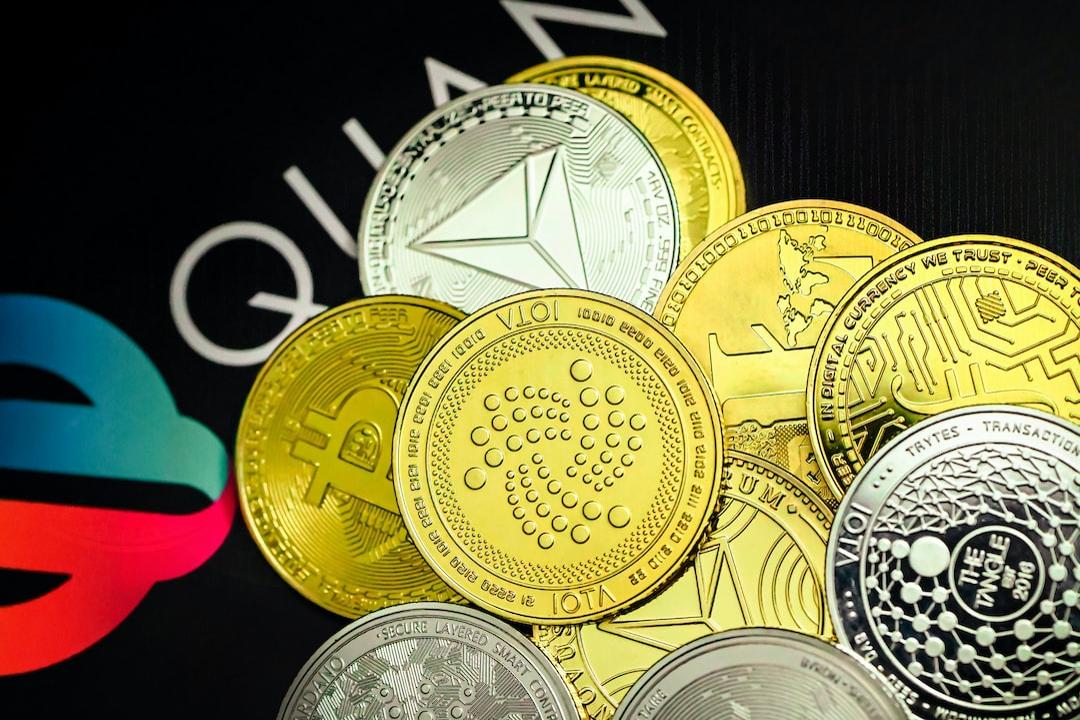The Ethereum network’s basic gas fee is currently hovering between 1 and 2 gwei, while the daily amount of ETH burned has dropped to its lowest level this year.
According to The Block, with the low gas fees, only 210 ETH were burned on Saturday, setting a new record low for the year. In contrast, when gas fees soared to 100 gwei on August 5 due to market volatility, the daily burn rate also surged to 5,000 ETH.
Due to the extremely low gas fees, the inflation rate of the Ethereum network has increased. According to data from The Block, although 210 ETH were burned on that day, the net issuance of ETH exceeded 2,000 ETH.
At the same time, the inflation rate of the Ethereum network in the past week has also risen to 0.586%.
The decrease in gas fees is mainly attributed to a large number of user activities migrating to Layer 2 scaling solutions, as well as the introduction of blob transactions in the March Istanbul upgrade, which helped reduce the cost of Layer 2 networks.
In response to this inflation trend, Martin Köppelmann, the founder of Gnosis, suggested temporarily increasing the gas limit. He pointed out, “The base fee is at a low point for many years, around 0.8 GWEI. It takes 23.9 GWEI to offset staking rewards. In my opinion, Ethereum needs to increase activity on the underlying chain again, and even at such low rates, increasing the gas limit can be a strategy.”
The London hard fork (EIP-1559) implemented in August 2021 introduced the “base fee” that is burned and the “tip priority fee” paid to validators. The base fee is directly related to network activity, and an increase in fees will result in more ETH being burned, thereby reducing supply.

